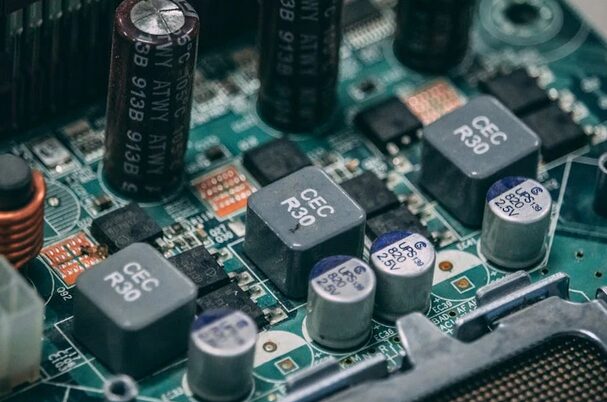In RS485 communication systems, the choice of grounding method is crucial, directly affecting the system’s stability and anti-interference capability. Therefore, engineers need to choose the grounding method reasonably based on project requirements. Below we will discuss which grounding is suitable for the RS485 bus.

1. Single Point Reliable Grounding
There can only be one grounding point on the entire 485 bus.
The grounding point should be selected at one end of the bus or at a central location to ensure consistency of ground voltage.
2. Continuous Shielding Grounding
When using a shielded cable as the ground wire, it is essential to ensure that the shielding layer is continuous and in good contact throughout the line.
Avoid cutting the shielding wire and connecting it in segments to prevent the formation of multiple grounding potential differences.
3. Good Contact Ground Wire Connection
Ensure that all ground wire connection points are tight and secure to avoid looseness or poor contact.
Use appropriate grounding clamps or crimp terminals to ensure the reliability of ground wire connections.
4. Avoid Multi-Point Grounding
It is strictly prohibited to ground at multiple locations on the bus to prevent the formation of grounding loops, which can introduce common-mode interference.
5. Check Ground Resistance
The ground resistance should be as low as possible, generally not exceeding 4 ohms, to ensure good grounding effect.
This is an original article by Fan Yi Education, please indicate the source when reprinting!